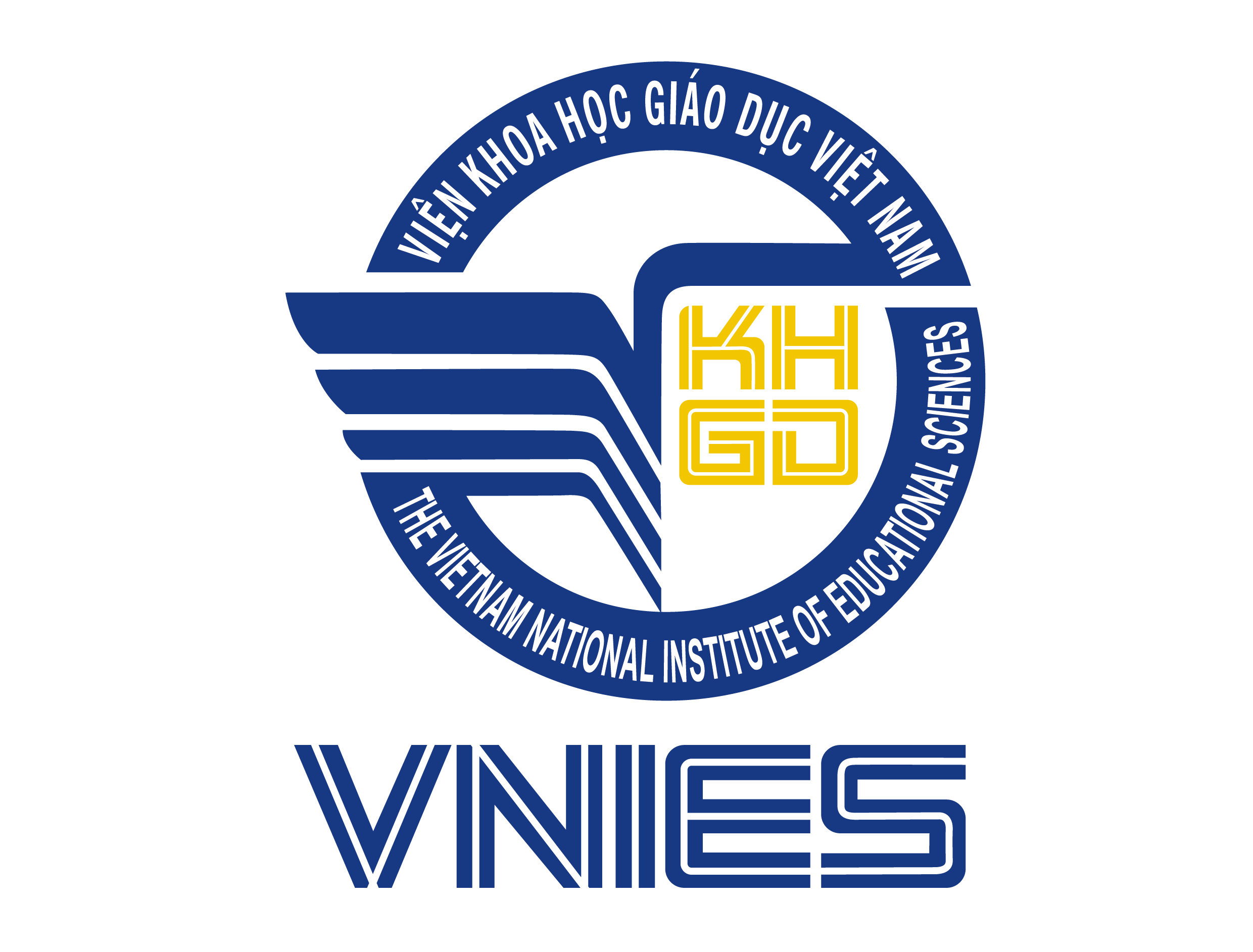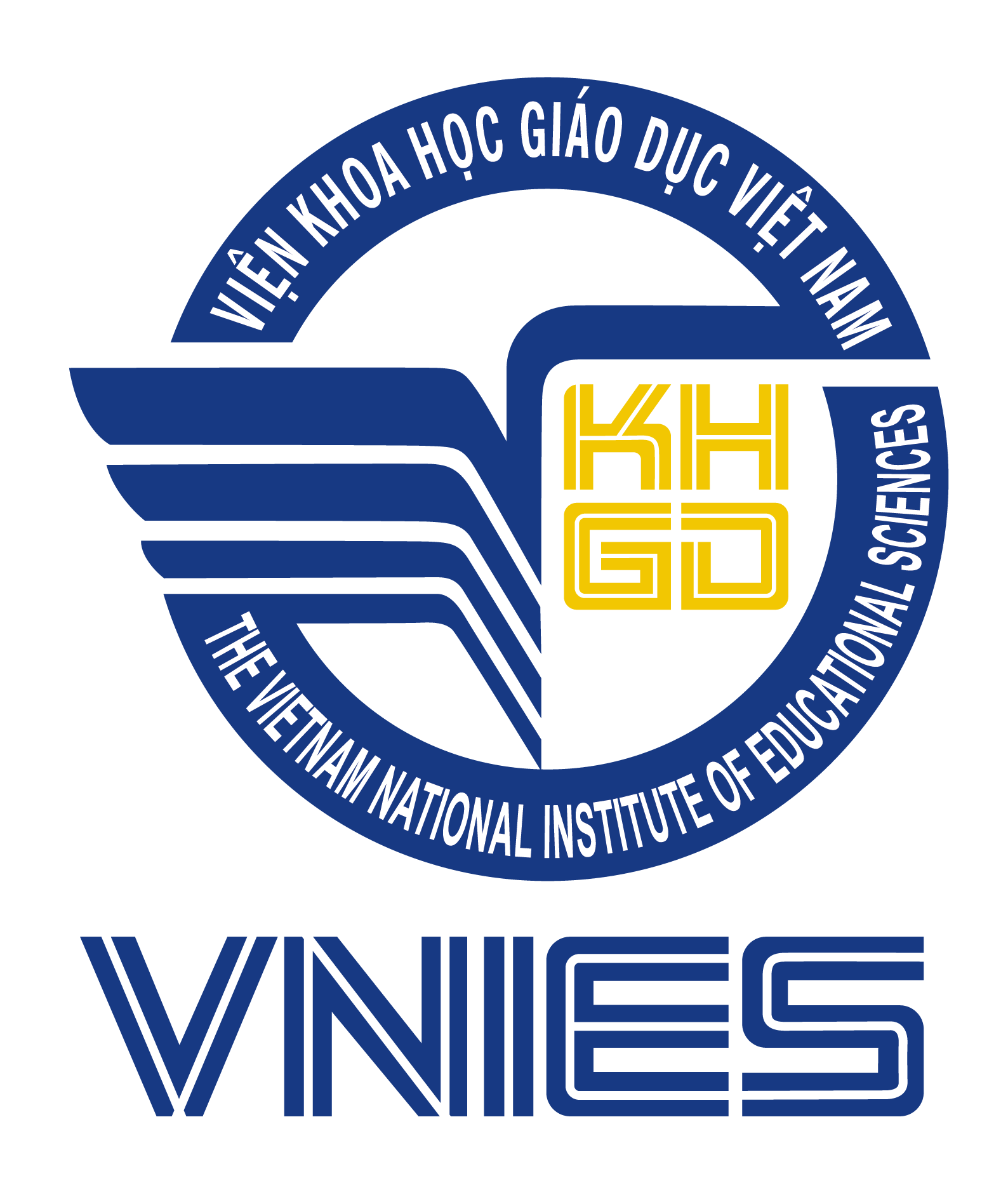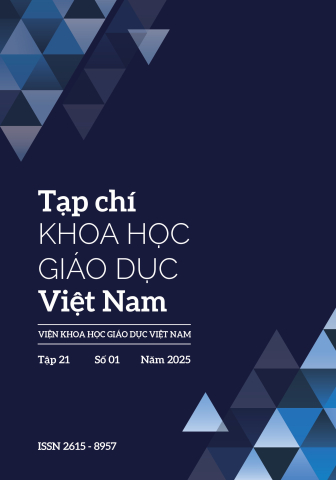[1] ADL (Advanced Distributed Learning). (2004). SCORM 2004 2nd Edition Overview. U.S. Department of Defense.
[2] Brame, C. J. (2017). Effective educational videos: Principles and guidelines for maximizing student learning from video content. CBE-Life Sciences Education.
[3] Chen, X., Zou, D., Xie, H., Cheng, G., & Liu, C. (2022). Two Decades of Artificial Intelligence in Education: Contributors, Collaborations, Research Topics, Challenges, and Future Directions. Educational Technology & Society, 25(1), 28–47. https://www. jstor.org/stable/48647028
[4] Dabbagh, N., & Bannan-Ritland, B. (2005). Online learning: Concepts, strategies, and application. Pearson/Merrill/Prentice Hall.
[5] Dougiamas, M., & Taylor, P. (2003). Moodle: Using learning communities to create an open source course management system. In EdMedia+ innovate learning (pp. 171-178). Association for the Advancement of Computing in Education (AACE).
[6] Dousay, T. A., & Stefaniak, J. E. (2018). Instructional design models. Foundations of learning and instructional design technology, 277-293.
[7] García Peñalvo, F. J., Corell Almuzara, A., Abella García, V., & Grande de Prado, M. (2020). La evaluación online en la educación superior en tiempos de la COVID-19. Education in the knowledge society (EKS), 21(12), 26. https://doi.org/10.14201/eks.23013
[8] Harasim, L. (2000). Shift happens: Online education as a new paradigm in learning. The Internet and higher education, 3(1-2), 41-61.
[9] Khan, B. H. (1997). Web-based instruction. Educational Technology Publications.
[10] Knewton. (2014). Adaptive learning white paper. https://www.knewton.com/resources/
[11] Lee, J. J., & Hammer, J. (2011). Gamification in education: What, how, why bother? Academic exchange quarterly, 15(2), 146.
[12] Lê Thái Hưng, Trần Thị Hoa, Đặng Thị Mây & Hoàng Hương Lan. (2019). Phát triển ngân hàng trắc nghiệm thích ứng để đánh giá năng lực đọc hiểu môn Ngữ văn của học sinh lớp 10 trung học phổ thông. Tạp chí Khoa học Giáo dục Việt Nam, 24(12), 54-59.
[13] Nguyễn Phước Hải & Nguyễn Thị Kim Bình. (2024). Xây dựng hệ thống kiểm tra, đánh giá năng lực người học trên máy tính: Nghiên cứu trường hợp trong giáo dục phổ thông. Tạp chí khoa học, Trường Đại học Vinh, tập 53, số đặc biệt 8, 331-339.
[14] Pappano, L. (2012). The Year of the MOOC. The New York Times, 2(12), 2012. https://www.nytimes. com/2012/11/04/education/edlife/massive-open online-courses-are-multiplying-at-a-rapid-pace. html
[15] Richey, R. C., & Klein, J. (2007). Design and Development Research: Methods, Strategies, and Issues. Mahwah, NJ: Lawrence Erlbaum Associates, Publishers.
[16] Schmidt, R., Möhring, M., Härting, R. C., Reichstein, C., Neumaier, P., & Jozinović, P. (2015). Industry 4.0-potentials for creating smart products: empirical research results. In Business Information Systems: 18th International Conference, BIS 2015, Poznań, Poland, June 24-26, 2015, Proceedings 18 (pp. 16-27). Springer International Publishing.
[17] Siemens, G., & Long, P. (2011). Penetrating the fog: Analytics in learning and education. EDUCAUSE review, 46(5), 30.
[18] Trịnh Thị Lan, Đặng Như Binh, Hà Ngọc Huế, Nguyễn Quỳnh Anh. (2024). Đề xuất cách thức xây dựng website hỗ trợ dạy học văn bản thông tin theo hướng tích hợp giáo dục hướng nghiệp ở lớp 10. Tạp chí Giáo dục, 24(19), 7-12
[19] Vaidya, S., Ambad, P., & Bhosle, S. (2018). Industry 4.0–a glimpse. Procedia manufacturing, 20, 233-238. https://doi.org/10.1016/j.promfg.2018.02.034
[20] Watson, W. R., & Watson, S. L. (2007). An argument for clarity: What are learning management systems, what are they not, and what should they become? TechTrends, 51, 28-34.
[21] Yuan, L., & Powell, S. J. (2013). MOOCs and open education: Implications for higher education.


